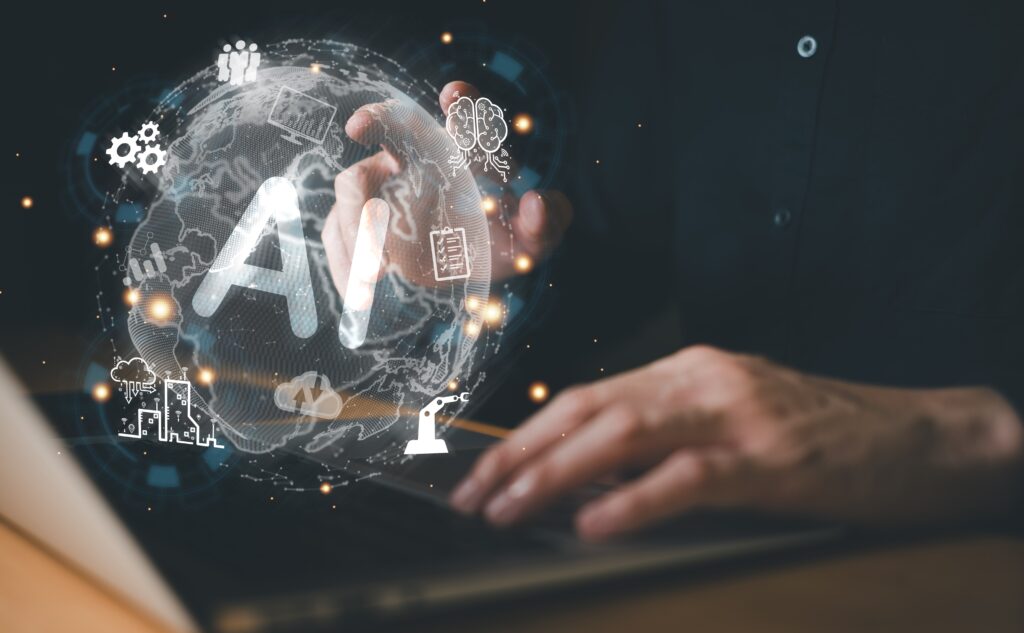Ludrick Cooper, an eighth-grade teacher in South Carolina, once resisted using artificial intelligence in the classroom. Over time, he changed his mind.
“This is the new encyclopedia,” Cooper said, recalling his childhood fascination with reference books.
He now joins a growing number of teachers incorporating AI into lessons. The trend shows how quickly schools adopt the technology, even as debates continue about its benefits and risks.
A Walton Family Foundation and Gallup survey found six in ten teachers used AI tools during the 2024-2025 school year.
On Tuesday, First Lady Melania Trump launched the Presidential AI Challenge. The initiative encourages students from kindergarten through twelfth grade to use AI to address community challenges.
OpenAI introduced a “study mode” for ChatGPT and partnered with Instructure, a platform serving millions of students. Alongside Microsoft and Anthropic, they pledged $23 million with teachers’ unions to train 400,000 educators.
AI offers faster access to knowledge and more engaging lessons. Experts warn, however, about risks including cheating, inequality and mental health effects.
Sarah Howorth, associate professor at the University of Maine, compared AI to fire. She said people admire its potential while fearing its dangers.
AI in the classroom
Instructure, the company behind Canvas, collaborates with OpenAI on the “LLM-Enabled Assignment.” The tool allows teachers to create interactive, AI-powered lessons while monitoring student progress.
LLM, short for “large language model,” powers ChatGPT. Teachers can prompt AI to take on roles that enrich lessons. A history teacher, for example, could ask it to act as a president or historical figure.
Melissa Loble, Instructure’s chief academic officer, said the partnership reflects growing demand for interactive and engaging learning methods.
Kayla Jefferson, a social studies teacher in New York City, uses AI to increase engagement, strengthen global literacy and foster collaboration.
One assignment asks students to summarize and reflect on news articles using the AI-powered Padlet bulletin board. Students then read and comment on each other’s posts.
AI also improves accessibility, Howorth explained. Talk-to-text and text-to-speech tools assist students with vision problems or dyslexia.
Matthew Rascoff, vice provost for digital education at Stanford, said AI should support social learning. Collaboration, he added, develops skills students can use in their communities.
“Great classrooms create a sense of mutual responsibility for everybody’s learning,” Rascoff said.
AI brings certain risks
Introducing AI in schools presents serious challenges.
The New York City Department of Education initially banned ChatGPT on school devices due to concerns about cheating. The ban was later lifted after officials admitted schools were unprepared.
Instructure described its LLM-Assignment as a guided tool that discourages shortcuts and keeps students accountable.
Cheating is only one concern. The impact of AI on children’s mental health remains uncertain.
One mother accused startup Character.AI of influencing her 14-year-old son’s suicide. Families, including hers, have filed lawsuits.
An Instructure spokesperson said Canvas uses AI in controlled environments, with safeguards to ensure lessons remain relevant.
Still, limitations exist. Talk-to-text tools can misinterpret speech from students with stutters or strong accents, Howorth said.
Robin Lake, director of Arizona State University’s Center on Reinventing Public Education, warned about inequities. Poorer districts may struggle to access advanced AI tools compared with wealthier schools.
A nationwide survey revealed gaps in teacher training. High-poverty districts reported fewer opportunities than wealthier counterparts.
“We must ensure disadvantaged schools gain access to AI’s benefits,” Lake said. “Privileged students currently receive better tools, stronger teaching and more opportunities.”
Some rural and urban districts said pressing needs make planning for AI adoption difficult.
Not all teachers convinced
Despite AI’s growth, many educators remain skeptical.
Lauren Monaco, a veteran New York City pre-K and kindergarten teacher, called AI a crutch. She said teaching requires human judgment and analysis that technology cannot replicate.
“Teaching is not just transactional input and output,” Monaco said. “Our profession has been under attack. I keep asking: Who benefits from this?”
Lake added that educators must prepare students for a workforce shaped by AI.
“What skills will students need to thrive in an AI-driven economy?” she asked. “Schools must start preparing them today.”



